If you are convinced by the need to protect nature, you cannot leave Paris without visiting the National Museum of Natural History!
The National Museum of Natural History is located in the various buildings around the Jardin des Plantes de Paris. Its purpose is to make nature known and value it, in order to raise public awareness of its preservation. Visiting the National Museum of Natural History is much more than a simple walk: you will be transported in time and nature, meeting its most beautiful specimens, through playful activities and various media. The heart of nature in the heart of Paris!
Also read: The 20 must-see museums in Paris
History of the National Museum of Natural History
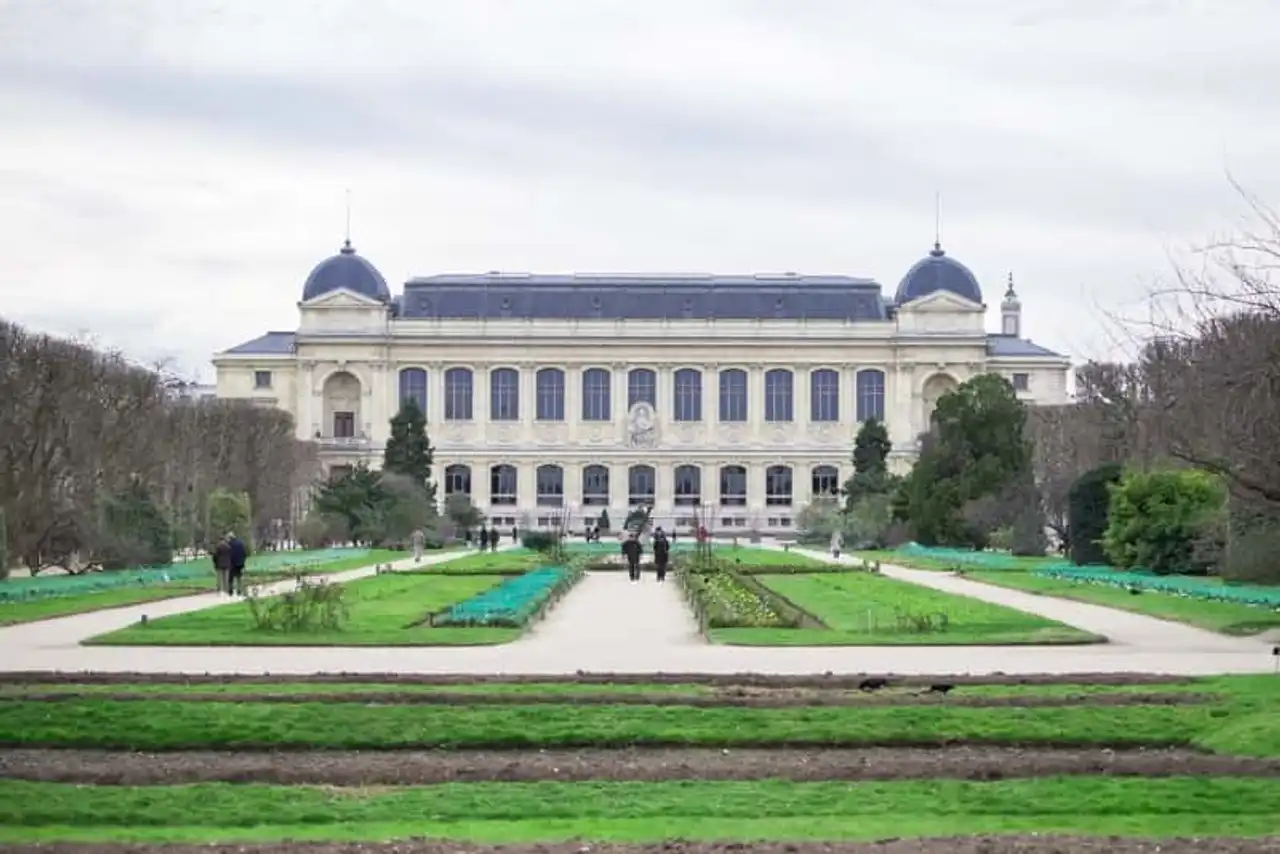
Photo credit: Pascale Gueret on Shutterstock
In 1635, Louis XIII ordered the creation of the royal garden of medicinal plants. The Royal Garden conducts research and offers courses, entirely free and open to all.
During the 18th century, the royal garden grew: its surface is doubled, it integrates some peripheral buildings and eventually merged with the natural history firm. Thus the National Museum of Natural History is born. In 1794 was created the Magerie, the second zoo to be seen in the world. The Museum will grow much during the 19th century. The Zoology Gallery was attached to it in 1889: it became the Grande Galerie de l’Évolution. Then it is the Anatomy Gallery that complements the collections of the Museum. It was created for the 1900 Universal Exhibition by architect Dutert and opened in 1898.
In the 20th century, the National Museum of Natural History was entrusted with the management of various important sites. Today he manages thirteen sites in total.
After the Second World War, museum scientists denounce human behaviour in the ravages of the environment and nature (pollution, soil overexploitation, etc.).
Today, the National Museum of Natural History deploys around five missions:
- fundamental and applied research (emissions are carried out in France and around the world to study and identify the diversity of the planet, both by the fauna and flora that dwells it and by the different cultures);
- the management and conservation of the collections (the Museum holds one of the three largest global collections of natural history);
- Scientific teaching and pedagogy (master, doctoral pole and training for first and second degree teachers);
- dissemination of knowledge (to raise awareness of the fragility of nature and the need to take care of it);
- expertise (the team of museum scientists advises on a decision in relation to fauna and flora, but also on environmental management: protection, management and management of invasive species).
What to see and do at the National Museum of Natural History?

Photo credit: CouscousChocolat via Flickr
Visiting the National Museum of Natural History is a pleasure. His exhibitions are playful and educational. The media are very varied (games, informative videos, interactive videos...).
Temporary exhibition
A temporary exhibition is offered in the Grande Galerie de l’Évolution. In 2018, the exhibition “A T-Rex in Paris” highlighted paleontology. The year 2019 highlights the marine area with its exhibition “Ocean, an unusual diving”. Thanks to the robots, wait to discover places that have not yet been explored by Man.
It is accompanied by guided tours, original animations, workshops for children, meetings, shows and conferences. The program evolves over the season and renews until the end of the exhibition.
The permanent galleries
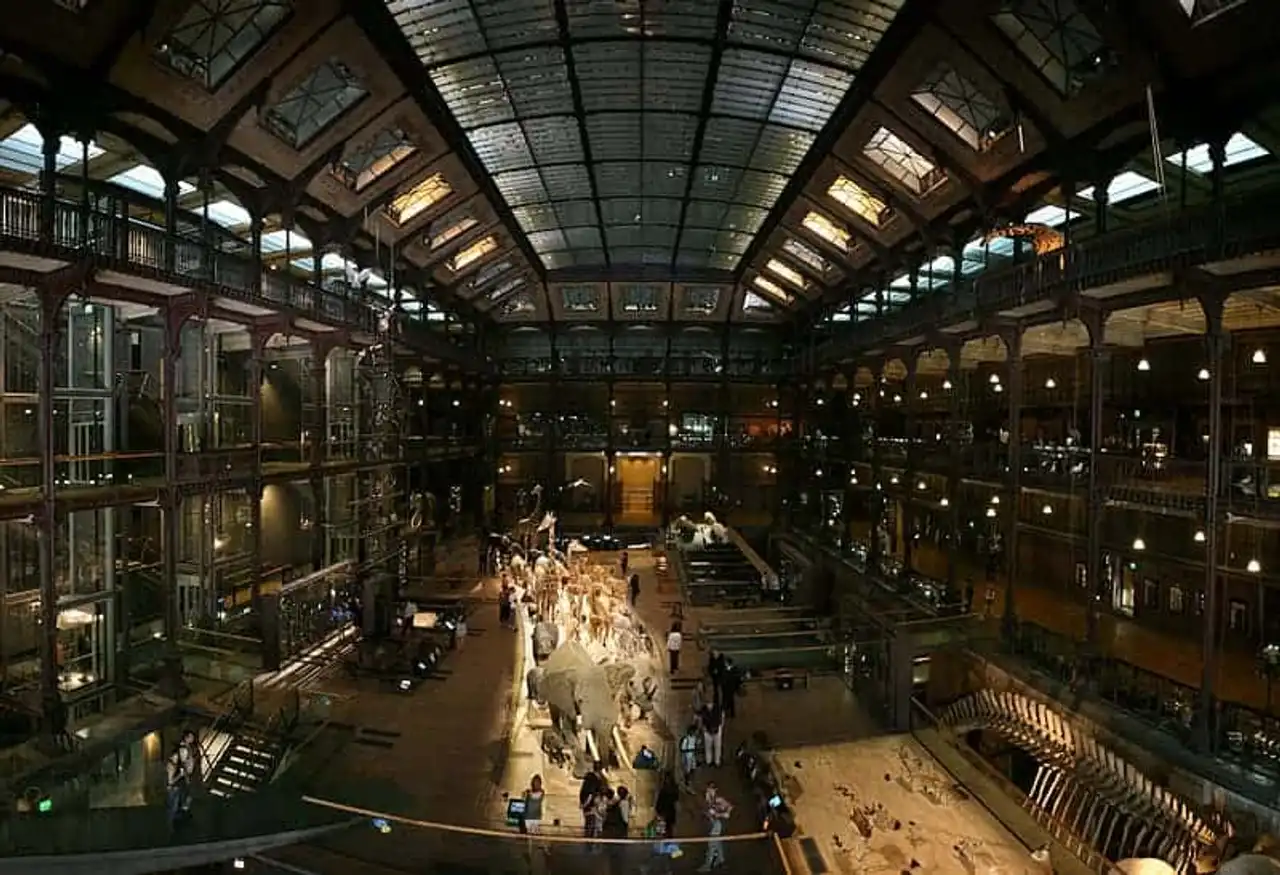
Photo credit: Wikimedia commons, Roï Boshi
The Gallery of Botanique
This is the exhibition of the largest herbarium in the world, with more than eight million specimens. The oldest are four hundred and fifty years old!
The Children's Gallery
Destined for 6/12 years, the children’s gallery leads them to observe the world, its inhabitants and all living beings there. Through games and other supports, they apprehend nature, the connection that humans maintain with and what results from this relationship. They discover animals from all over the world, an equally rich flora and the impact of everyday life on it!
La Grande Galerie de l’Évolution
This gallery presents the evolution of fauna in parallel to the evolution of man. There are marine and terrestrial animals, through interactive terminals and games. Mediators are also present on site if you have a question. Elephant in the head a true convoy of animals passes through the room, you only have to observe them!
You will find the virtual reality firm, named Travel in the heart of evolution. This is a virtual reality exploration in the evolution of the Earth. You put on the helmet and let you carry in the history of the universe to the origin of our planet, about 3.5 billion years ago!
The Gallery of Minerology and Geology
It has more than six hundred specimens, including giant crystals weighing up to three tons. The gallery of mineralogy and geology will allow you to learn about this unknown universe. How does a mineral form? What are his changes? How do I classify it? How can we determine if it is a precious stone? This gallery is also interested in the study of meteorites! Friends astronomers, you'll be filled!
The Gallery of Paleontology and Comparative Anatomy
This is the space dedicated to skeletons of all kinds! You will cross the history of the Earth and see the evolution of biodiversity while discovering the diplodocus and triceratops, alongside a whale or crocodile!
The Garden of Plants and Housekeeping
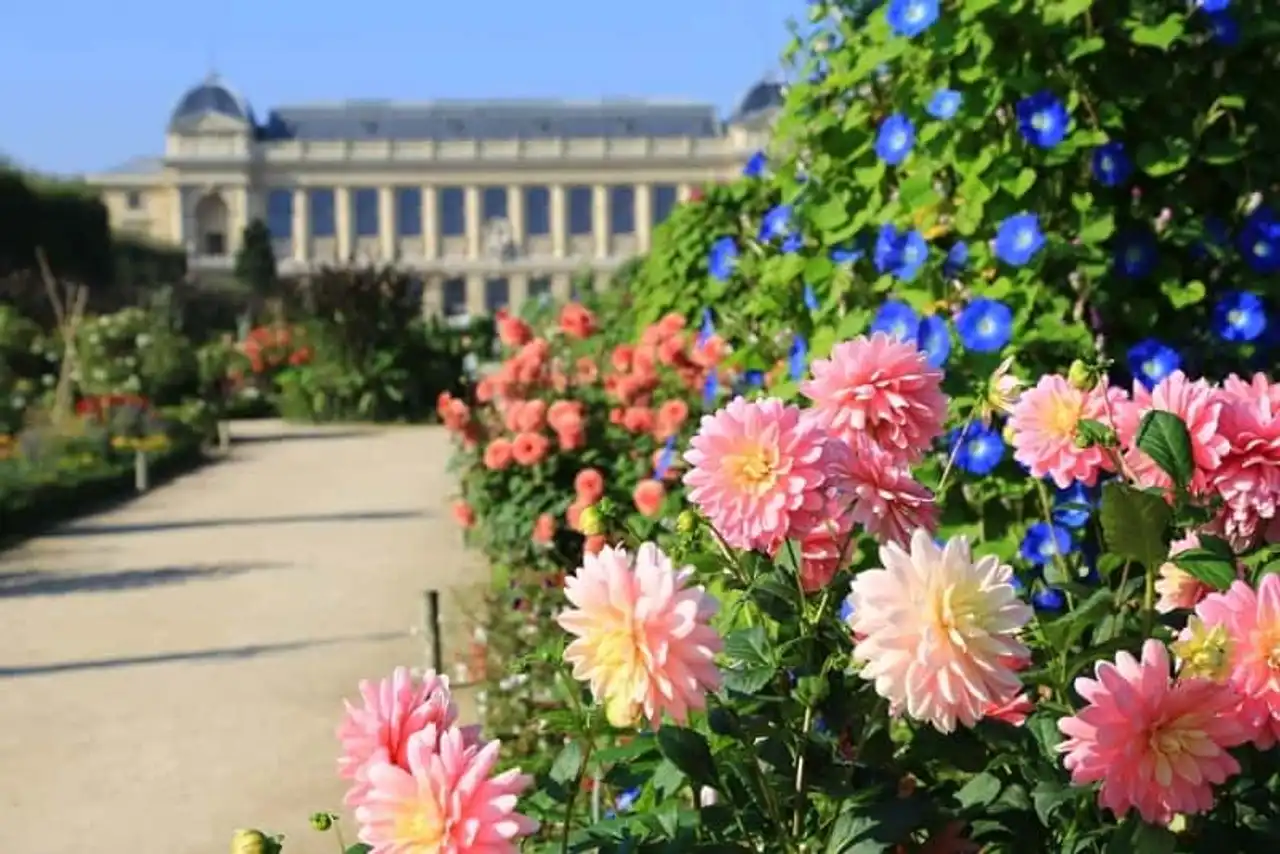
Photo credit: De Rrrainbow via Shutterstock
The Jardin des Plantes consists of eleven spaces, dedicated to the study of a different flora such as the alpine garden, resource plants, roses and rocks, labyrinth, iris and perennial plants. A space is reserved for the school of botany.
The Household is located inside the Jardin des Plantes. It accommodates almost a thousand two hundred specimens, from the rarest to the most common. Through a fun and informative journey, the visitor is sensitized to this fauna and the actions to be taken to allow him to endure. Endangered species are protected there: orang-outan, snow panther, red panda...
How do I go to the National Museum of Natural History in Paris (transports, plans, sense of visit, access...)?
It is accessible by the Jardin des Plantes, as is the household.
- Bus: lines 24, 57, 61, 63, 67, 89, 91
- Batobus : stop Jardin des Plantes
- Metro: line 5 (stop Gare d’Austerlitz), line 7 (stop Censier Daubenton), line 10 (stop Jussieu or Austerlitz station)
- RER: RER C (Austerlitz station stop)
If you wish to access the galleries, stops Gare d’Austerlitz or Censier Daubenton are closer to the buildings. For a walk in the garden, please Jussieu.
Schedules & Rates of the National Natural History Museum
The schedules of the National Natural History Museum
- The galleries
They are available daily from 10 a.m. to 6 p.m. except Tuesday (last possible entry at 5.15 p.m.). Closed on 1 er January, 1 er May and 25 December.
The virtual reality firm is open: – off school holidays on Wednesdays, Saturdays and Sundays from 10:30 a.m. to 5:30 p.m. – in school, every day from 10 a.m. to 5:30 p.m. (excluding Tuesdays and 1 er May).
- The Jardin des Plantes
It is available free of charge, every day of the year. Some spaces can be closed if they require care or if time is too harsh. - From 7:30 to 8:00 in the summer. - From 8am to 5:30pm in winter.
- Engineering
It is open every day: – Monday to Saturday from 9 a.m. to 6 p.m. – Sunday from 9 a.m. to 6.30 p.m.
The rates of the National Natural History Museum
Admission for children under 3 years of age, persons with disabilities and job seekers is free of charge. It is also for young people under the age of 26 of the European Union in permanent collections (except children’s gallery, botanical gallery and temporary exhibitions).
- Jardin des Plantes : free
- La Grande Galerie de l’Evolution : 10 € (+ 5 € for the virtual reality firm)
- La Galerie des Enfants : 12 € (billet coupled with the visit of the Grande Galerie de l’Évolution)
- Gallery of Paleontology and Comparative Anatomy : 9 €
- La Galerie de Botanique : 7 € (included: visit of the greenhouses of the garden of plants)
- The Gallery of Minerology and Geology: 7 €
- La Ménagerie : 13 €
Good to know.
- It is advisable to book his niche on the Internet for the virtual reality firm.
- There are coupled tickets to discover several galleries as well as "Tribu" packages.
- Visiting the National Natural History Museum when you are in a wheelchair requires asking for help from the staff. Renovation works are planned, but at the moment all spaces are not accessible by elevator.





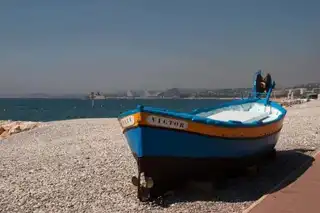

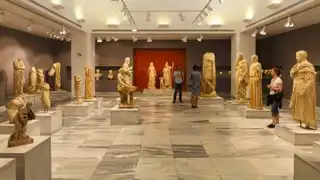
Loading comments ...